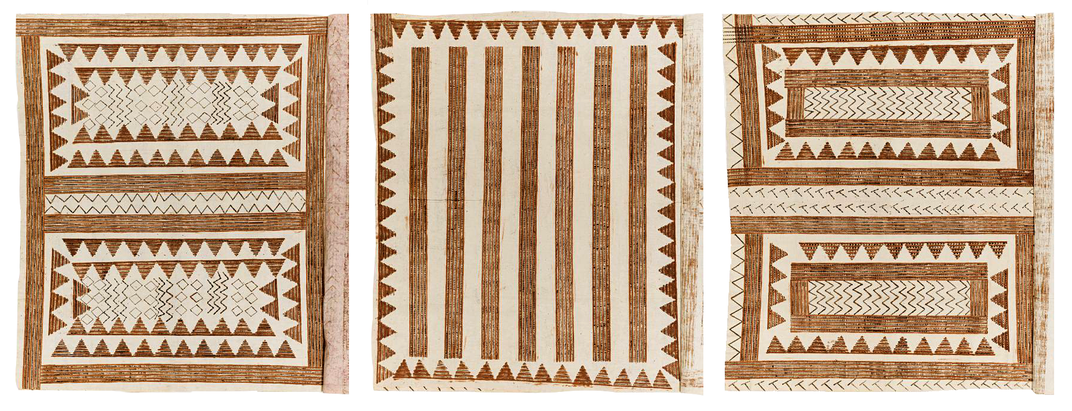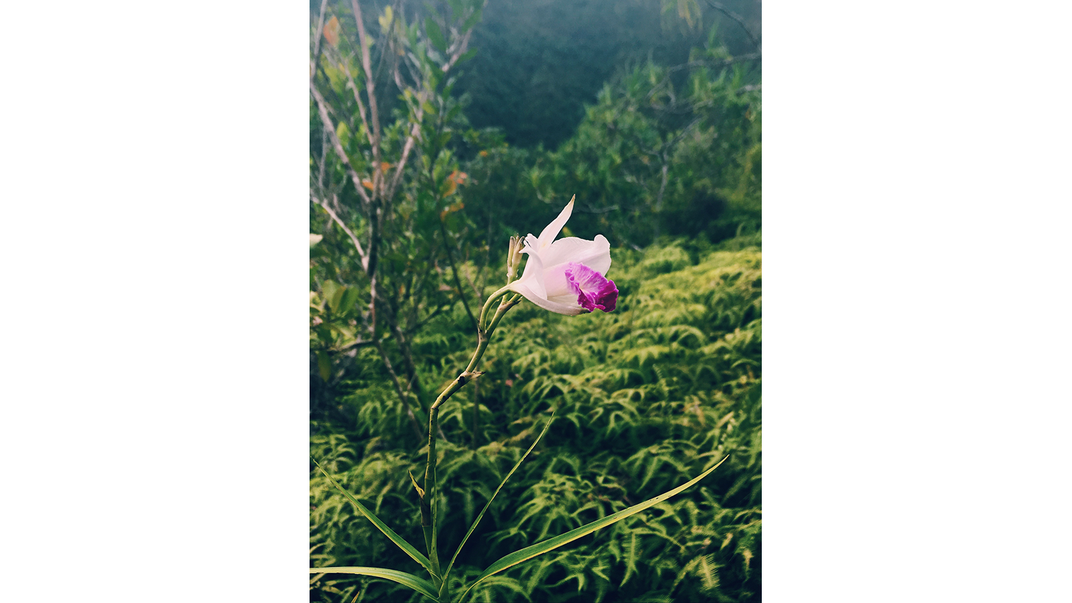NATIONAL MUSEUM OF THE AMERICAN INDIAN
Aloha Opens the Door to Learning
The first Native Hawaiian cultural interpreter on the staff of the National Museum of the American Indian explores the importance of aloha in the Hawaiian worldview. “More than a greeting or salutation, aloha is like a feeling that encompasses many other feelings,” Gabrielle Lee writes, a set of values that “work together to build a profound sense of love and respect for others.” In the spirit of aloha, she sees museums as places to learn together. Celebrate Asian Pacific American Heritage Month by exploring the Smithsonian’s collections of art and objects from Hawai‘i and the Pacific: https://www.si.edu/spotlight/asian-american
:focal(1024x576:1025x577)/https://tf-cmsv2-smithsonianmag-media.s3.amazonaws.com/blogging/featured/Gabbi_Lee_Aloha_2020.png)
Aloha kākou, aloha to all. My name is Gabbi Lee, and I work as a cultural interpreter at the National Museum of the American Indian in Washington, D.C. I was born and raised on the island of O‘ahu, Hawai‘i. My parents are Jacquelyn and Rory of Kane‘ohe, O‘ahu. I started at the museum in January 2020. I am the first Kanaka Maoli (Native Hawaiian) cultural interpreter the museum has had.
Before the museum temporarily closed due to Covid-19, my work primarily involved hands-on learning with museum visitors, giving tours of our main exhibitions, and facilitating school fieldtrip programs, all in support of the museum’s mission to foster a richer shared human experience through a more informed understanding of Native peoples. That means I talk about Indigenous issues and ideas every day, including those relating to my own culture. Hawaiian values and philosophies instilled in me from a young age have fostered a sense of aloha that has influenced my journey as an educator.

I’ve always wanted to be some type of teacher; many important teachers have shaped me as a person. Teaching is one of the vital processes of knowledge transfer through which cultures are preserved, and I’m humbled to be a part of that. At the same time, the best part of my job is that I’m constantly learning. Every person, every interaction, is unique, and approaching complex topics with sensitivity and open-mindedness is a key to creating successful learning experiences.
That said, I would like to return to the concept of aloha, and credit my understanding to the late Aunty Pilahi Paki, a Hawaiian intellectual and source of knowledge of Mea Hawai‘i, often translated “things Hawaiian”—our traditions, including our ideas and values. Aunty Pilahi is the person responsible for the unuhi laula loa, or extended translation, of aloha.
One of the most important things we have as Hawaiians is our language, and nuance is easily lost in translation. The true meaning of the word aloha in Hawaiian is deeply important to a Hawaiian worldview and transcends the word’s constant appropriation. More than a greeting or salutation, aloha is like a feeling that encompasses many other feelings. According to Paki, the following acronym may be used to contemplate what she called the life force that is aloha:
Akahai, meaning kindness, to be expressed with tenderness.
Lōkahi, meaning unity, to be expressed with harmony.
‘Olu‘olu, meaning to be agreeable, to be expressed with pleasantness.
Ha‘aha‘a, meaning humility, to be expressed with modesty.
Ahonui, meaning patience, to be expressed with perseverance.
Tenderness, harmony, pleasantness, modesty, and perseverance. These values work together to build a profound sense of love and respect for others. Not romantic love, but “the essence of a relationship where each person is important to every other person for collective existence”—an idea written into Hawaiian law. Aloha is understanding what it means to be human.

Aloha has led me to the museum world, because it is human nature to be inquisitive. Part of working as a museum educator is centering on the experience of our visitors, encouraging them with positivity and patience, and expecting nothing in return. People often come to museums looking for answers to life’s big questions. Even in my brief time working at the museum, I’ve found meeting people with aloha opens the door to learning together. Perhaps the teacher and culture bearer Kumu Hula Olana Kaipo Ai put it best, “Aloha is the intelligence with which we meet life.”
Celebrate Asian Pacific American Heritage Month by exploring the Smithsonian’s collections of art and objects from Hawai‘i and the Pacific.
Gabrielle Lee (Kanaka Maoli) is the first Native Hawaiian cultural interpreter at the National Museum of the American Indian. Before joining the museum’s staff, Gabbi worked in public education in New York City. She is a graduate of NYU, where she received the Edward Sapir Award, presented for excellence in Anthropology and Linguistics.

